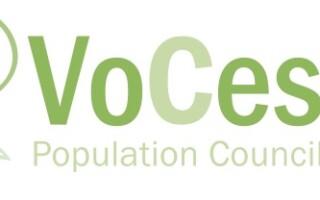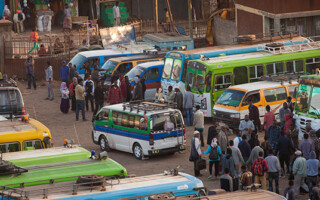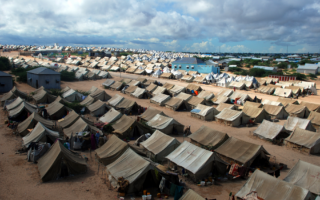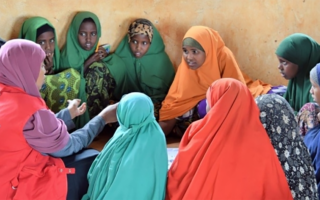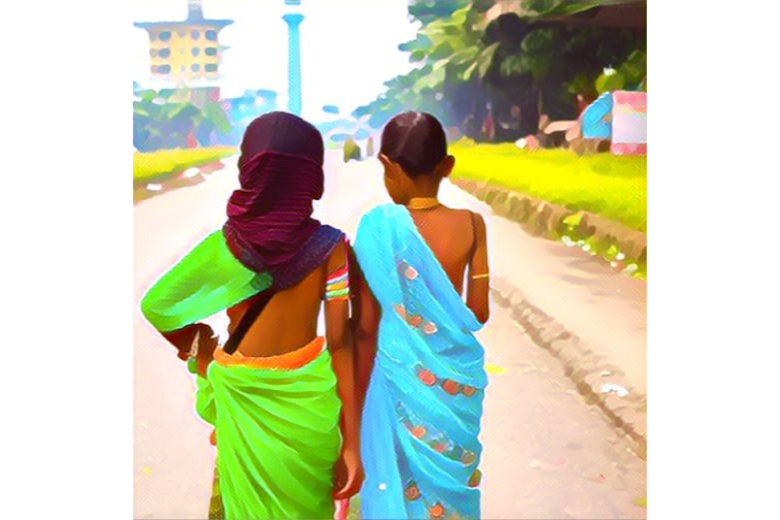
The Population Council is conducting one of the first large-scale scientific studies to examine commercial sexual exploitation of children (CSEC) in Bangladesh. Using a mixed-methods approach, we are investigating the problem’s scale and explored girls’ experiences.
Why it Matters: CSEC refers to the engagement in sexual acts with a child for monetary exchange or material gain. Registered brothels are believed to be a key site of CSEC of female children under the age of 18. Many girls exploited here are “second-generation,” born to a sex worker and an unknown client. Research suggests that CSEC survivors can end up on the streets through trafficking, family breakdowns, or poverty. Despite this, there is currently a lack of evidence surrounding CSEC, which limits public awareness and impedes implementation of context-appropriate responses.
The Approach: This study will span from October 2021 to January 2024.
What we are doing:
- Conducting retrospective interviews with brothel- and street-based FSWs aged 18–22 years across 20 hotspots in Dhaka City and three brothels in the Dhaka Division.
- Estimating the scale and prevalence of CSEC and probed associated characteristics, such as girls’ entry and experience, forms of CSEC, and levels of coercion.
- Replicating analyses to examine CSEC among boys and transgender youth in Dhaka City.
The Big Picture:
- Following completion, results will be shared with the study donor to support on-going policy advocacy and program design efforts.
Partners:
Funders:

